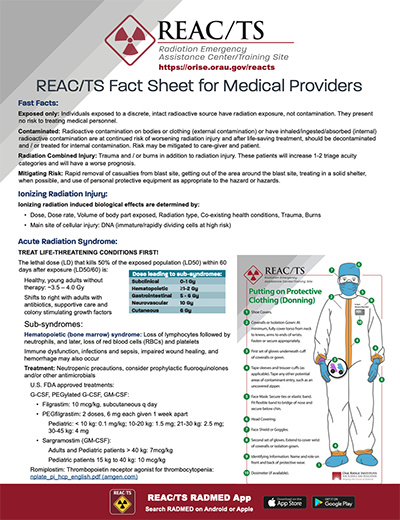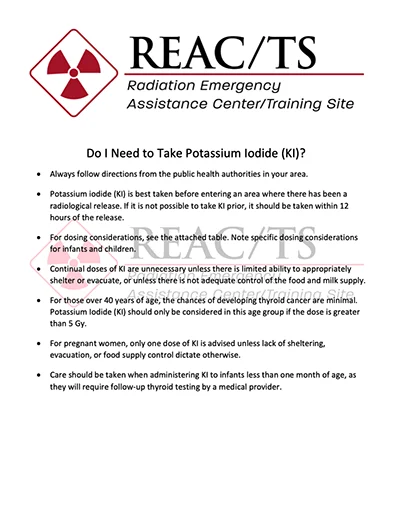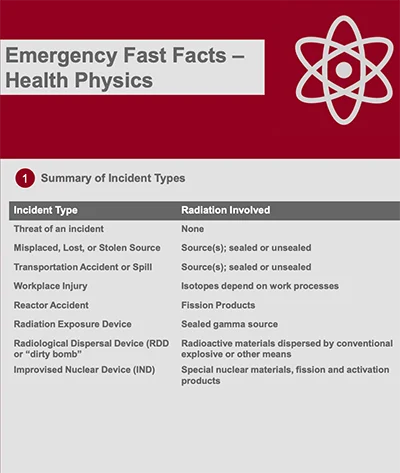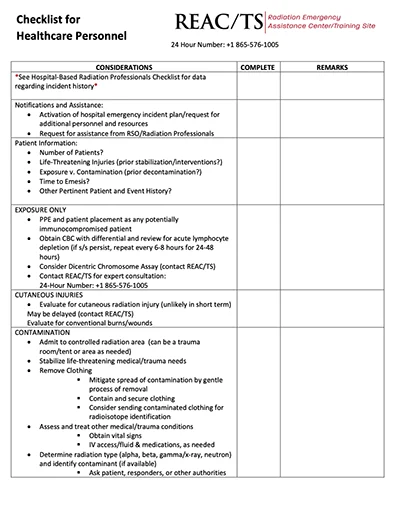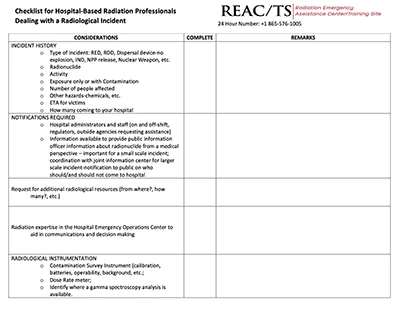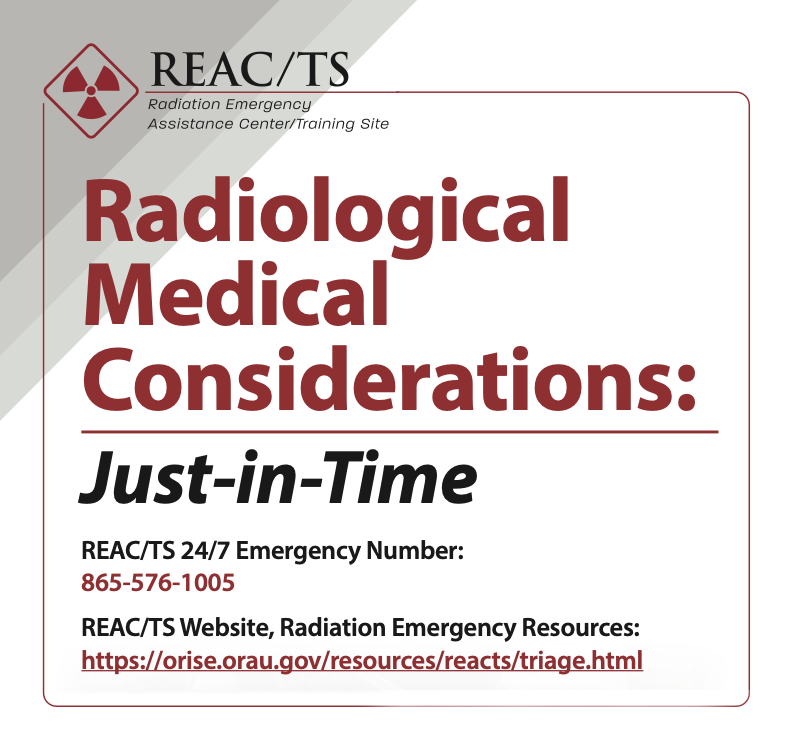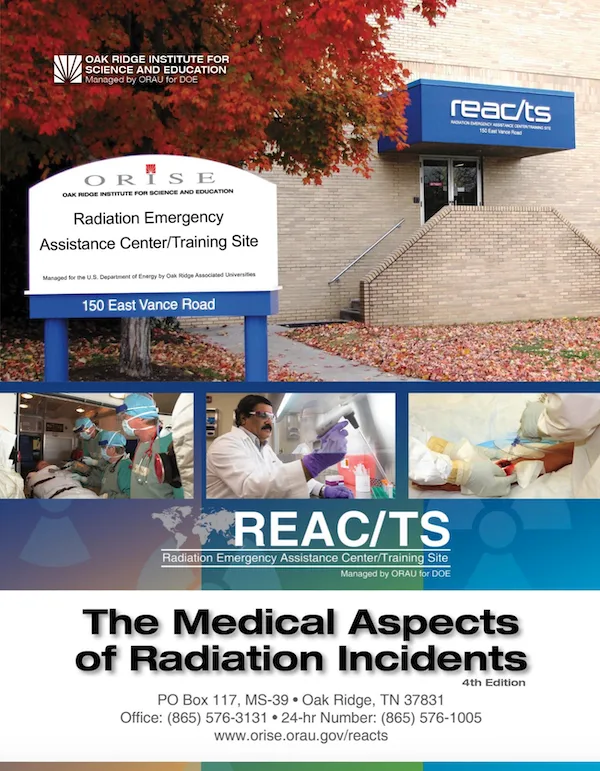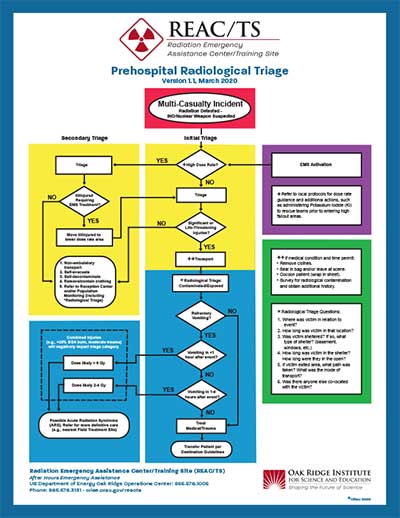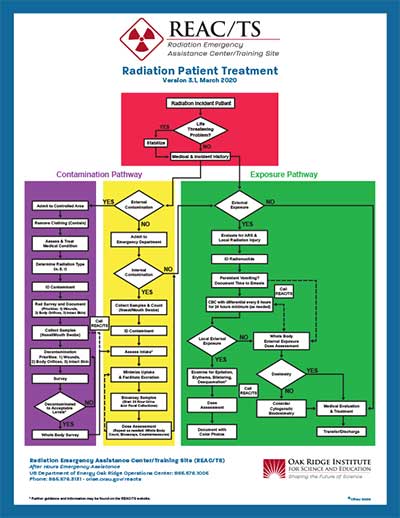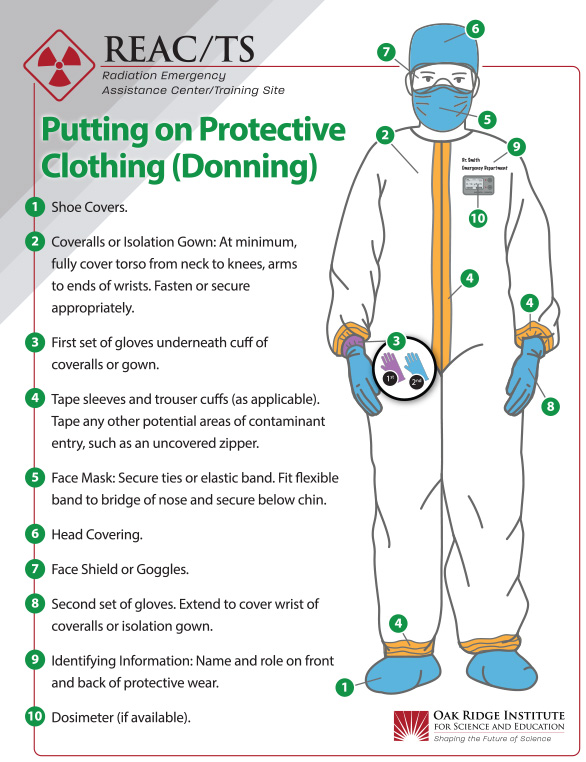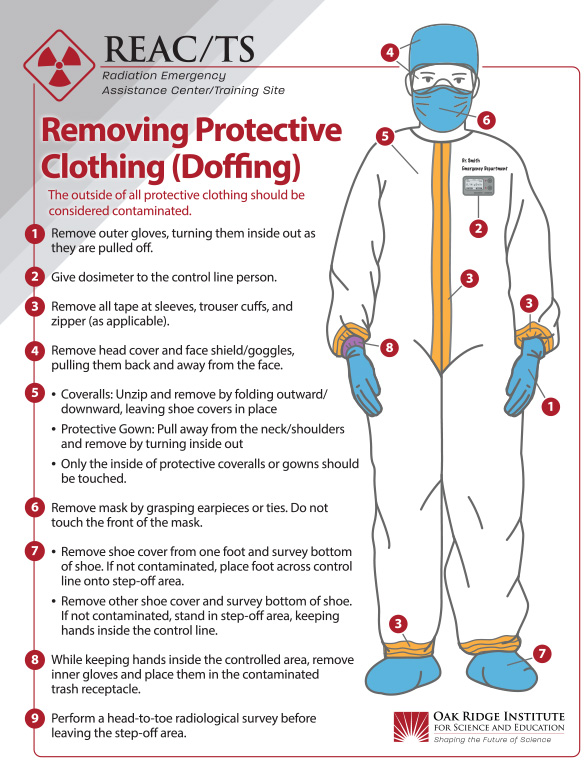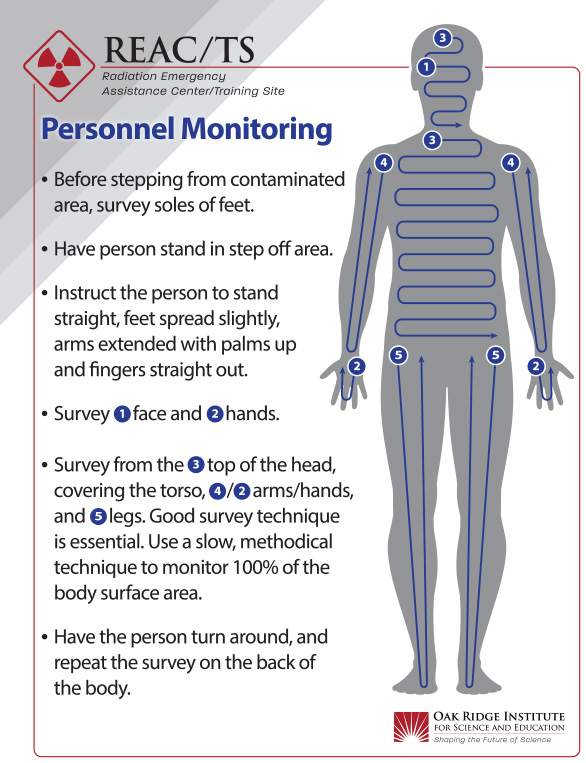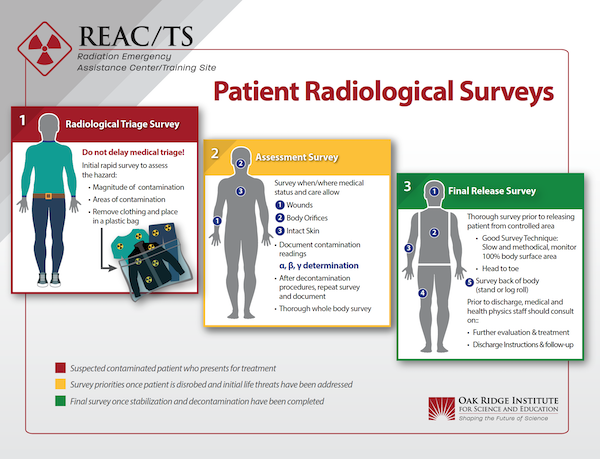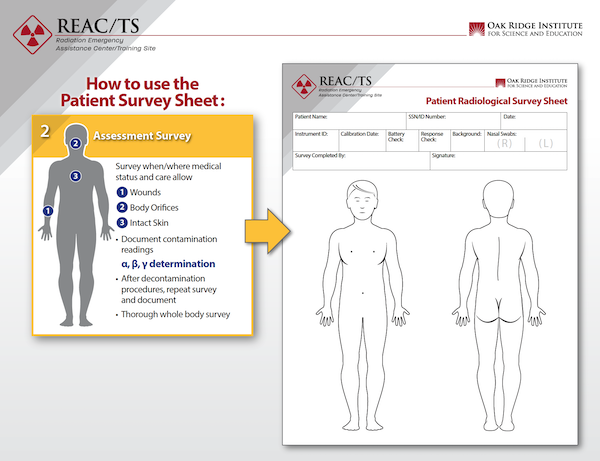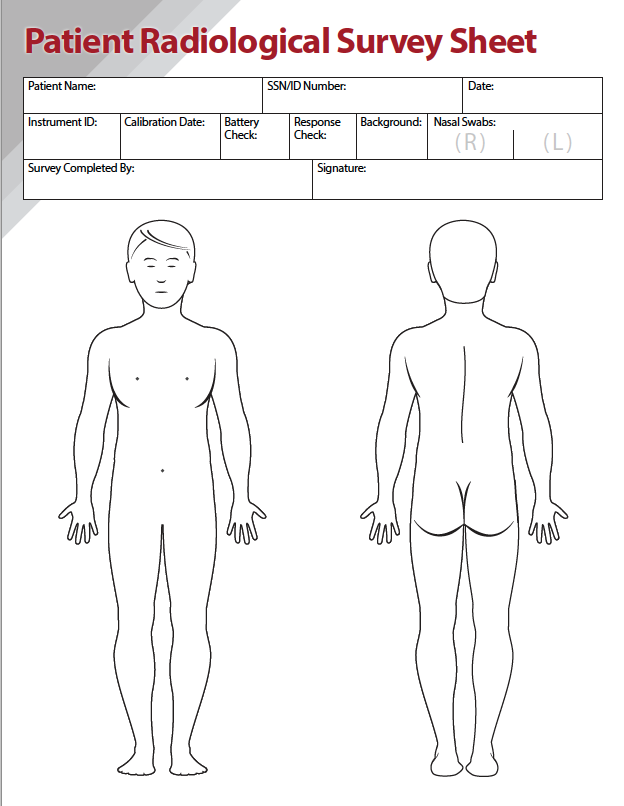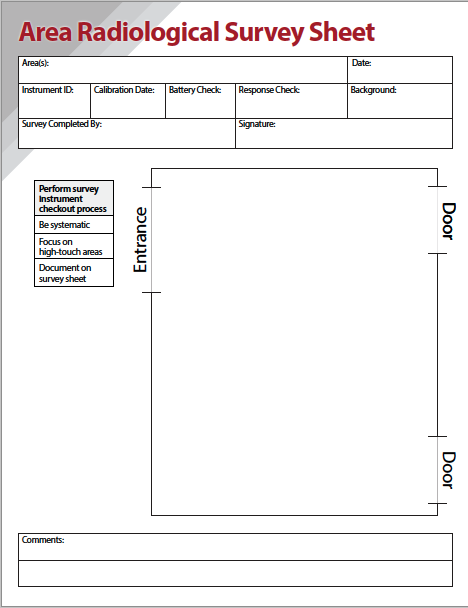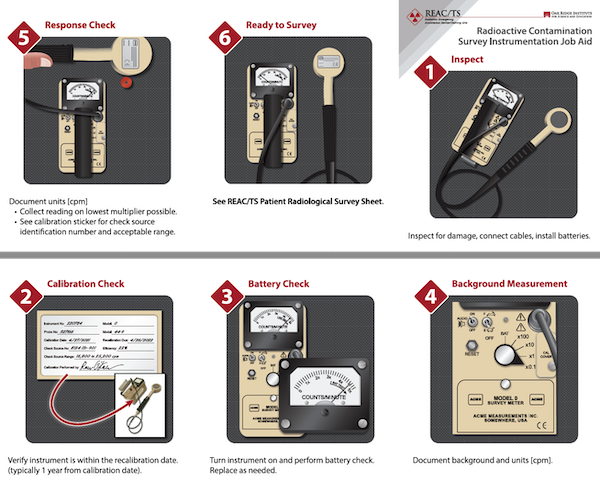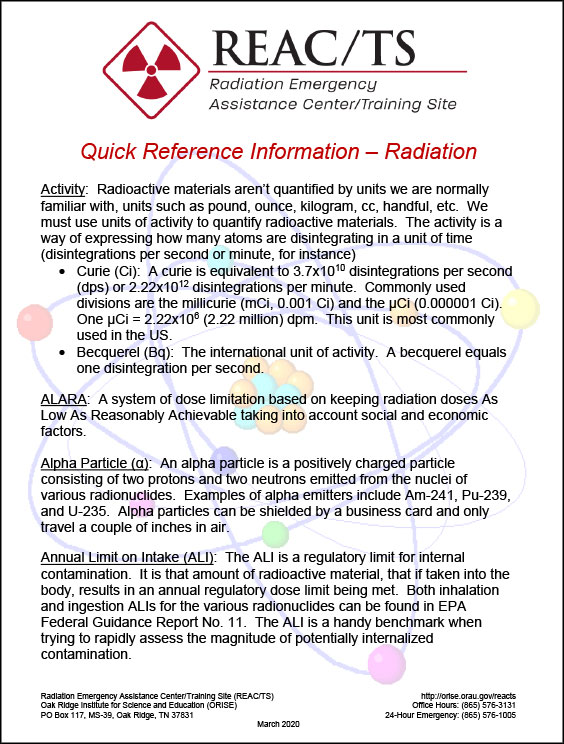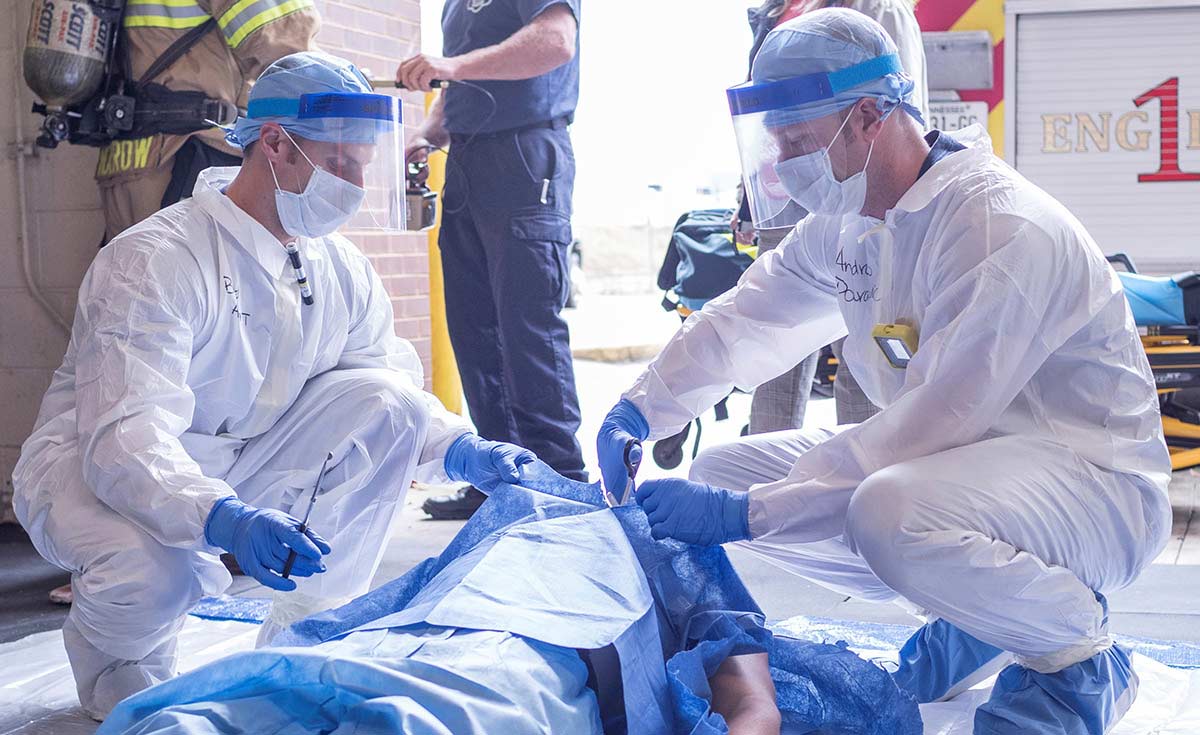Emergency Treatment Resources
Need a quick resource to support a medical response to a radiological/nuclear event? REAC/TS offers a collection of emergency resources to assist medical professionals in the treatment of individuals injured by ionizing radiation.
These resources are helpful in documenting patient injuries, determining steps for initial and secondary triage, outlining correct procedures for donning and doffing personal protective equipment, and other forms to assist in recording information necessary to appropriately care for patients.
Translated materials are also available in Ukrainian, Spanish, and Turkish.
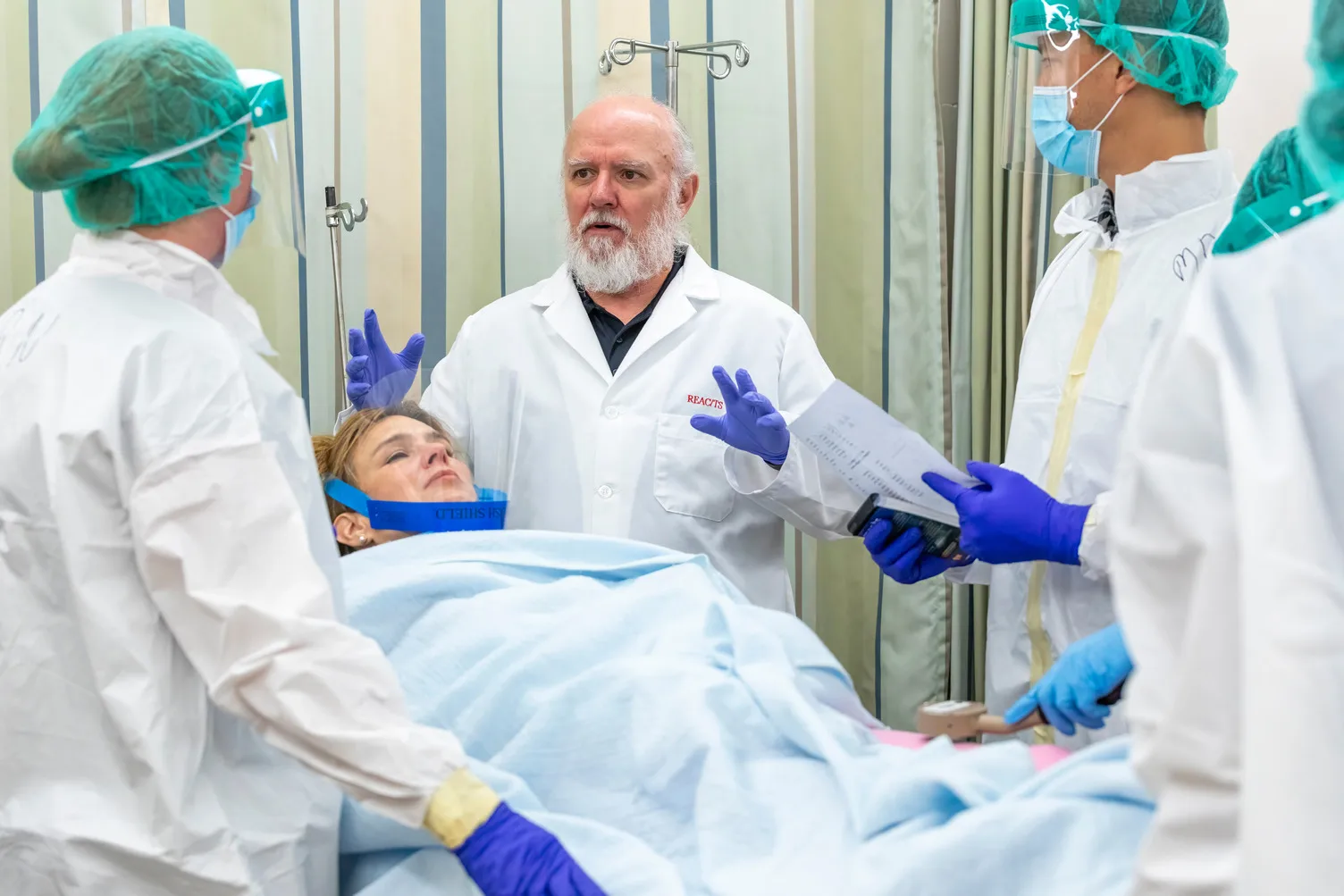
Just-in-Time Training Video Series
The REAC/TS just-in-time training videos are intended for emergency medical responders and providers who need rapid information when called to care for individuals who are ill or injured during a radiological incident. This series is divided into multiple videos by subject matter, each 2-3 minutes in length. You can also watch the entire series in approximately 30 minutes, providing valuable information in a short timeframe.
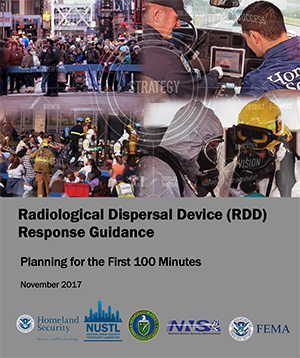
Radiological Dispersal Device (RDD) Response Guidance
This guidance delineates missions and tactics that should be executed by first responders and local response agencies in the first 100 minutes of a response to an outdoor explosive radiological dispersal device (RDD) detonation, based on realistic estimates of the possible consequences. It includes recommendations for equipment requirements, including personal protective equipment (PPE), and public messaging.
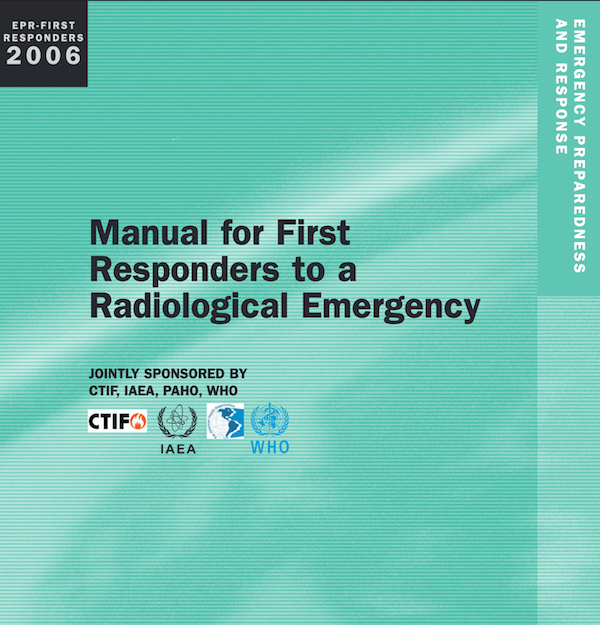
Manual for First Responders to a Radiological Emergency
The objective of this publication is to provide guidance for those responding within the first few hours of a radiological emergency. This includes the emergency service personnel who would initially respond at the local level and the national officials who would support this early response.
Video Spotlight
What to do if you need to contact REAC/TS during an emergency?
If you need to contact REAC/TS for assistance with a radiation exposure, please watch this video to know what information is needed for us to address your questions and concerns.
Contact REAC/TS
If you need to contact REAC/TS for assistance with the medical management of those involved in a radiological/nuclear incident, please watch the video above "What to do if you need to contact REAC/TS during an emergency?" to know what information is helpful for us to address your questions and concerns.
General information (865) 576-3131
General email REACTS@orise.orau.gov
After-hours number (865) 576-1005 (Ask for REAC/TS)


